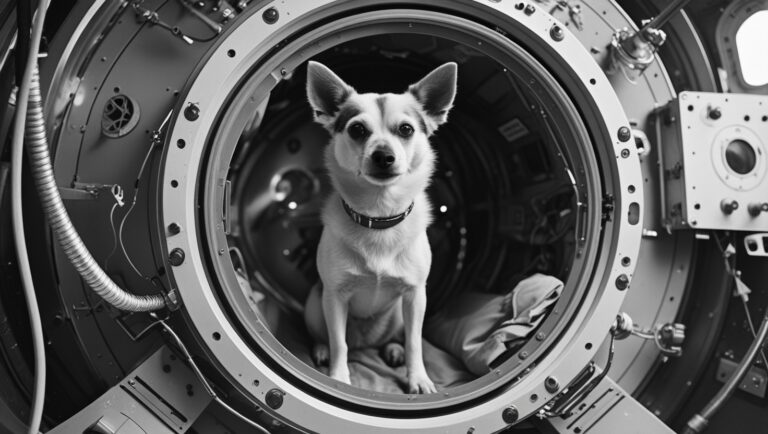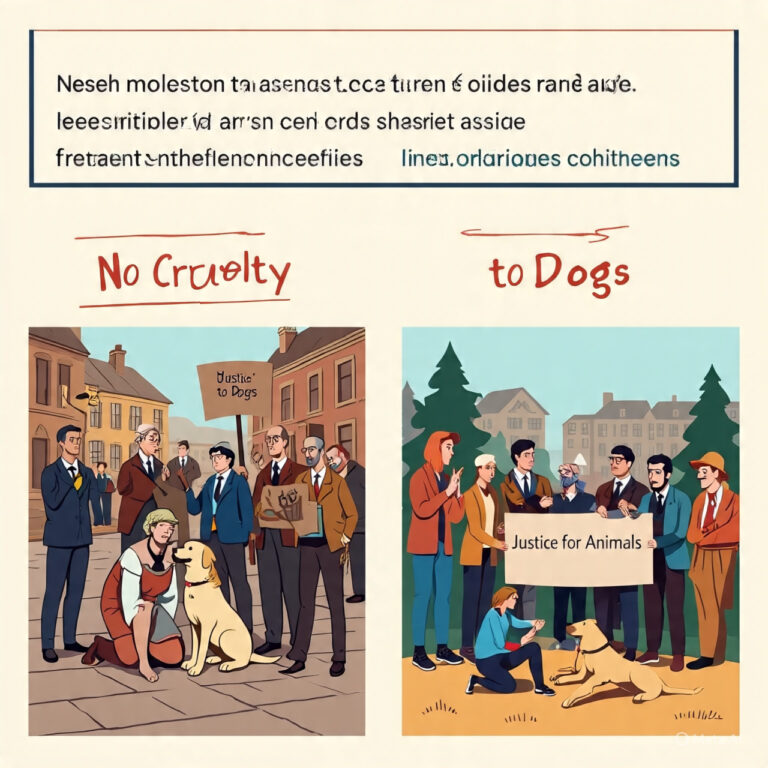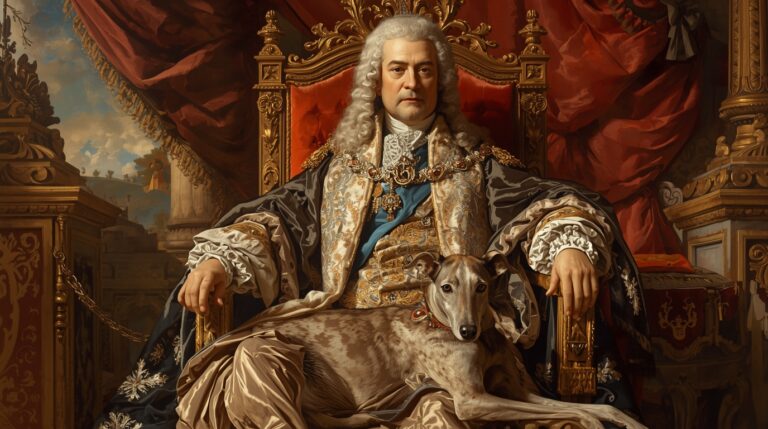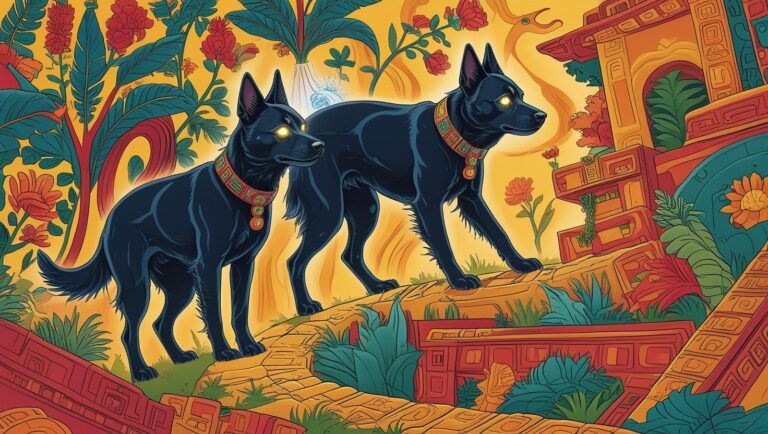Dog History in Asia (Japan, China, India)

Introduction
The history of dogs in Asia is deeply rooted in the evolution of civilizations, spiritual beliefs, and royal customs. From temple guardians in China to sacred messengers in Japan and mythological companions in India, dogs have been more than animals — they were protectors, symbols of loyalty, and spiritual allies. This article traces the 4,000+ year journey of dogs across Asia, focusing on three culturally rich nations: China, Japan, and India.
Early Domestication of Dogs in Asia
Recent genetic research suggests that East Asia, particularly regions in China and South Asia, was one of the earliest centers of dog domestication, possibly around 15,000 years ago. Archaeological sites in Henan, China, and the Deccan Plateau in India contain dog remains buried alongside humans, indicating their early social significance.
In Japan, Jomon period settlements (14,000–300 BCE) reveal skeletal remains of dogs that were clearly domesticated, used for hunting and companionship. These findings affirm that dogs were integral to early Asian human societies.
Dogs in Ancient Chinese Civilization
In ancient Chinese texts, dogs were mentioned as loyal companions and guardians. During the Xia (c. 2070–1600 BCE) and Shang Dynasties (c. 1600–1046 BCE), dogs were often buried with their masters, showing early signs of spiritual and functional value.
The mythological dog Tiangou, believed to devour the sun and cause eclipses, illustrates dogs’ central role in ancient Chinese cosmology.
The Role of Dogs in the Tang and Han Dynasties
During the Tang Dynasty (618–907 CE) and Han Dynasty (206 BCE–220 CE), dogs gained status as symbols of fidelity. Emperors and scholars kept dogs as companions, while warriors trained canine units for protection. Tang dynasty murals often featured dogs beside noble figures, highlighting their social prestige.
The Origin of Ancient Chinese Dog Breeds
Chow Chow
Known for its lion-like mane, the Chow Chow originated in northern China. This breed served as a temple guardian, sled dog, and even war dog.
Pekingese
The Pekingese was bred exclusively for the imperial palace, believed to be sacred and capable of repelling evil spirits.
Shar Pei
This wrinkled-skinned breed was a multipurpose dog — guard, farm aid, and fighter — later popularized in the West for its unique appearance.
Religious and Cultural Significance of Dogs in China
In Taoism and Buddhism, dogs represented devotion and protection. Temples frequently housed dogs, and ceramic dog figurines were placed near altars to ward off evil. In Confucian ethics, loyalty — epitomized by dogs — was a central virtue.
Dogs in Japanese Mythology and Shinto Traditions
In Shintoism, dogs are believed to possess spiritual sensitivity. The Inugami, or “dog god,” is a powerful spirit entity. Stone dog statues called Komainu guard many Shinto shrines, symbolizing divine protection.
Japanese Historical Dog Breeds
Akita Inu
A symbol of bravery and loyalty, the Akita was used by samurai as a guard dog.
Shiba Inu
Among Japan’s oldest and smallest native breeds, the Shiba Inu was bred for hunting in mountainous terrain.
Kishu Ken and Hokkaido
Both breeds are powerful hunters, preserved by their respective regions for their endurance and resilience.
Dogs in Feudal Japan and the Edo Period
Shogun Tokugawa Tsunayoshi (1646–1709) passed the Laws of Compassion for Living Things, mandating the protection of dogs, which earned him the nickname “Dog Shogun”. Dogs were seen as sentient beings and were often given shelters and food under these edicts.
Dogs in Japanese Art, Literature, and Folklore
Dogs featured prominently in ukiyo-e prints, samurai tales, and kabuki theater. The story of Hachiko, the loyal Akita who waited 9 years at a train station, became a national symbol of unwavering loyalty and was immortalized in bronze at Shibuya Station.
The Role of Dogs in Indian Civilization
India’s Vedic texts, particularly the Rigveda, mention Sarama, a divine female dog sent by the gods to recover stolen cattle. In the Mahabharata, the hero Yudhishthira is accompanied by a dog who reveals himself as the god Dharma.
Dogs in Ancient Hindu Beliefs
Dogs are associated with Bhairava, a fierce form of Shiva, and are venerated in some temples. Villages in states like Karnataka and Tamil Nadu conduct rituals for dogs, honoring them as spiritual guardians.
Influence of Buddhism on Dog Symbolism in India
In Buddhist teachings, dogs appear in parables about karma, compassion, and rebirth. Monks in Tibetan monasteries are known to rescue and care for stray dogs, believing in the sanctity of all sentient beings.
Indigenous Indian Dog Breeds
Indian Pariah Dog
One of the oldest and most genetically pure breeds, these dogs are found across India and are known for their intelligence and adaptability.
Rajapalayam
A sight hound from Tamil Nadu, used in royal armies for its speed and strength.
Kombai and Mudhol Hound
Both are excellent hunting dogs, with the Mudhol Hound recently accepted by the Indian Army for sentinel duty.
Mughal and Colonial Era Impact on Indian Dogs
Mughal emperors kept Persian and Afghan hounds, crossbreeding them with local dogs. The British Raj popularized foreign breeds like the Labrador and Spaniel, marginalizing native breeds.
Dogs in Asian Warfare
From the Shar Pei in China to the Rajapalayam in India, dogs were used in military contexts. Japan also trained military Akitas during the World War II era.
Modern Era: Preservation and Challenges
Urbanization, preference for foreign breeds, and genetic dilution threaten Asian dog breeds. Government initiatives like Breed Revival Projects in India, Akita Preservation in Japan, and Shar Pei Rescues in China aim to protect these heritages.
Dogs in Contemporary Asian Culture
In urban Asia, dogs have transitioned to family companions. In Japan, dogs are dressed in kimono; in China, cities hold canine fashion shows. In India, social media accounts dedicated to native breeds are helping resurrect cultural pride.
Asian Dog Breeds in Global Canine Culture
The Shiba Inu, Akita, and Chow Chow are now recognized by the AKC and FCI. Their popularity has surged globally through memes, anime, and films like Hachi: A Dog’s Tale.
Conclusion
Asia’s dog history reflects deep cultural, spiritual, and social values. These breeds are not only genetic treasures but cultural ambassadors of their civilizations. Preserving them means protecting thousands of years of tradition, loyalty, and legacy.





